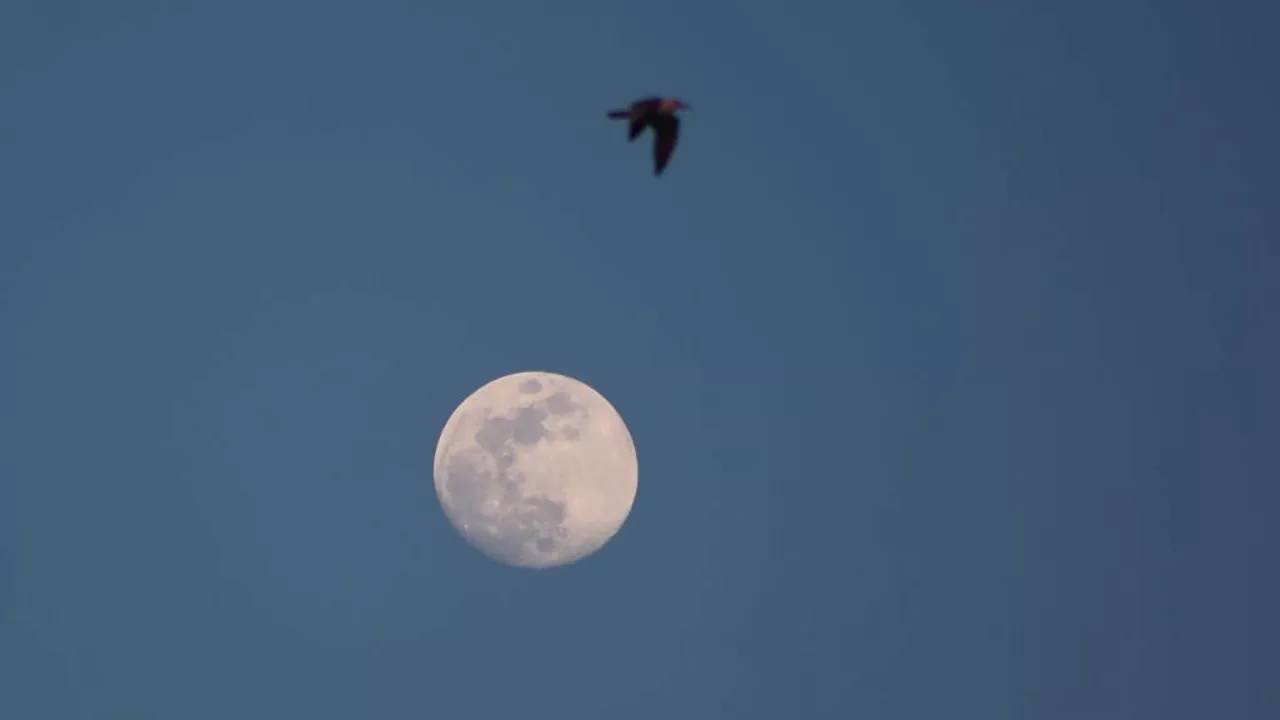The second full moon of the year, known as the 'Snow Moon,' reaches its peak illumination on Wednesday, February 12. Learn about the best time to view this celestial event and other astronomical highlights coming up in March.
February 's full moon will reach its peak illumination on Wednesday, February 12, at 8:53 a.m. ET, offering skywatchers a chance to witness this celestial spectacle. However, due to the sun's position, catching the full moon at its peak will require viewing it either before or after that time. Fortunately, the moon will appear full for two days leading up to and following the peak. The best viewing opportunity for February 's full moon is anticipated to be the night before or later on Wednesday.
It will rise above the eastern horizon around sunset and ascend to its highest point in the sky around midnight.This full moon, known as the 'Snow Moon,' is traditionally linked to cold weather and snowy conditions in northern latitudes. According to the Old Farmer's Almanac, it also carries other names, including the Bald Eagle Moon, Bear Moon, Goose Moon, Groundhog Moon, and Hungry Moon. Interestingly, this year's full moon occurs just 10 days after Groundhog Day, a celebration where Punxsutawney Phil's shadow prediction indicated six more weeks of winter.Looking ahead to March, the month will be brimming with astronomical events. These include a total lunar eclipse, a partial solar eclipse, and another full moon. Daylight Saving Time will commence on March 9, and the spring equinox will arrive on March 20 in the Northern Hemisphere. February is a time to appreciate both the celestial beauty of the full moon and the anticipation of the astronomical wonders that await us in the coming months
FULL MOON SNOW MOON ASTRONOMY FEBRUARY MARCH
United States Latest News, United States Headlines
Similar News:You can also read news stories similar to this one that we have collected from other news sources.
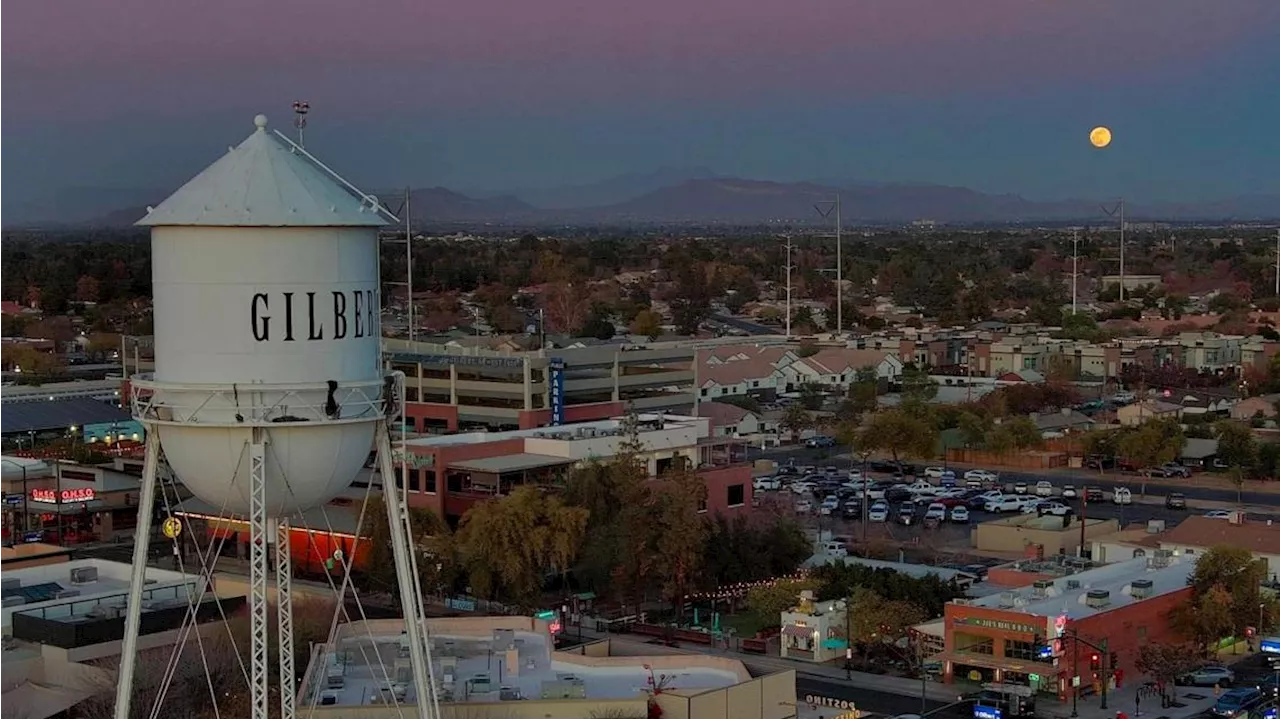 First Full Moon of 2025, Known as the Wolf Moon, Peaks TonightThe first full moon of 2025, also known as the Wolf Moon, is visible tonight and will be on display for about three days. The moon will also pass in front of Mars for most of the continental US, Africa, Canada, and Mexico.
First Full Moon of 2025, Known as the Wolf Moon, Peaks TonightThe first full moon of 2025, also known as the Wolf Moon, is visible tonight and will be on display for about three days. The moon will also pass in front of Mars for most of the continental US, Africa, Canada, and Mexico.
Read more »
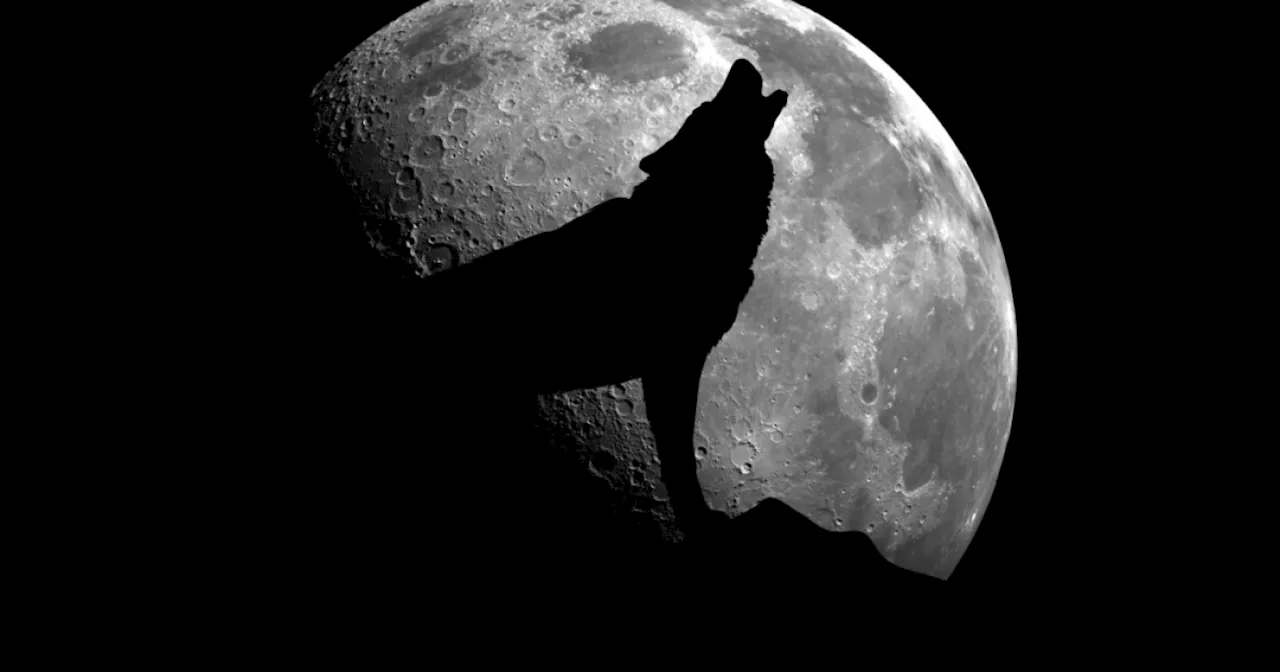 First Full Moon of the Year Peaks Monday Night: A Glimpse of the 'Wolf Moon'The first full moon of 2023, known as the 'Wolf Moon,' reaches its peak illumination on Monday night, offering a spectacular celestial display. Native American traditions gave the moon its name, referring to the howling of wolves outside villages during winter. Stargazers in the continental US can also enjoy a planetary alignment, with the moon passing in front of Mars and Venus and Jupiter shining brightly in the night sky.
First Full Moon of the Year Peaks Monday Night: A Glimpse of the 'Wolf Moon'The first full moon of 2023, known as the 'Wolf Moon,' reaches its peak illumination on Monday night, offering a spectacular celestial display. Native American traditions gave the moon its name, referring to the howling of wolves outside villages during winter. Stargazers in the continental US can also enjoy a planetary alignment, with the moon passing in front of Mars and Venus and Jupiter shining brightly in the night sky.
Read more »
 Houston's February First Look: Warming Temperatures, Longer Days and a Full Snow Moon!Houston's February weather forecast includes warmer temperatures, longer days, and the full snow moon. The article discusses typical February temperatures, the possibility of big freezes, and the increased daylight hours. It also details the lunar cycle for February, including the full snow moon on February 12th.
Houston's February First Look: Warming Temperatures, Longer Days and a Full Snow Moon!Houston's February weather forecast includes warmer temperatures, longer days, and the full snow moon. The article discusses typical February temperatures, the possibility of big freezes, and the increased daylight hours. It also details the lunar cycle for February, including the full snow moon on February 12th.
Read more »
 Houston’s February First Look: Warming Temperatures, Longer Days and a Full Snow Moon!Get ready for a milder and brighter February in Houston! Temperatures will gradually increase, daylight hours will lengthen significantly, and the full 'Snow Moon' will grace the night sky. This article explores what to expect from February weather, including potential for big freezes and the increase in sunlight.
Houston’s February First Look: Warming Temperatures, Longer Days and a Full Snow Moon!Get ready for a milder and brighter February in Houston! Temperatures will gradually increase, daylight hours will lengthen significantly, and the full 'Snow Moon' will grace the night sky. This article explores what to expect from February weather, including potential for big freezes and the increase in sunlight.
Read more »
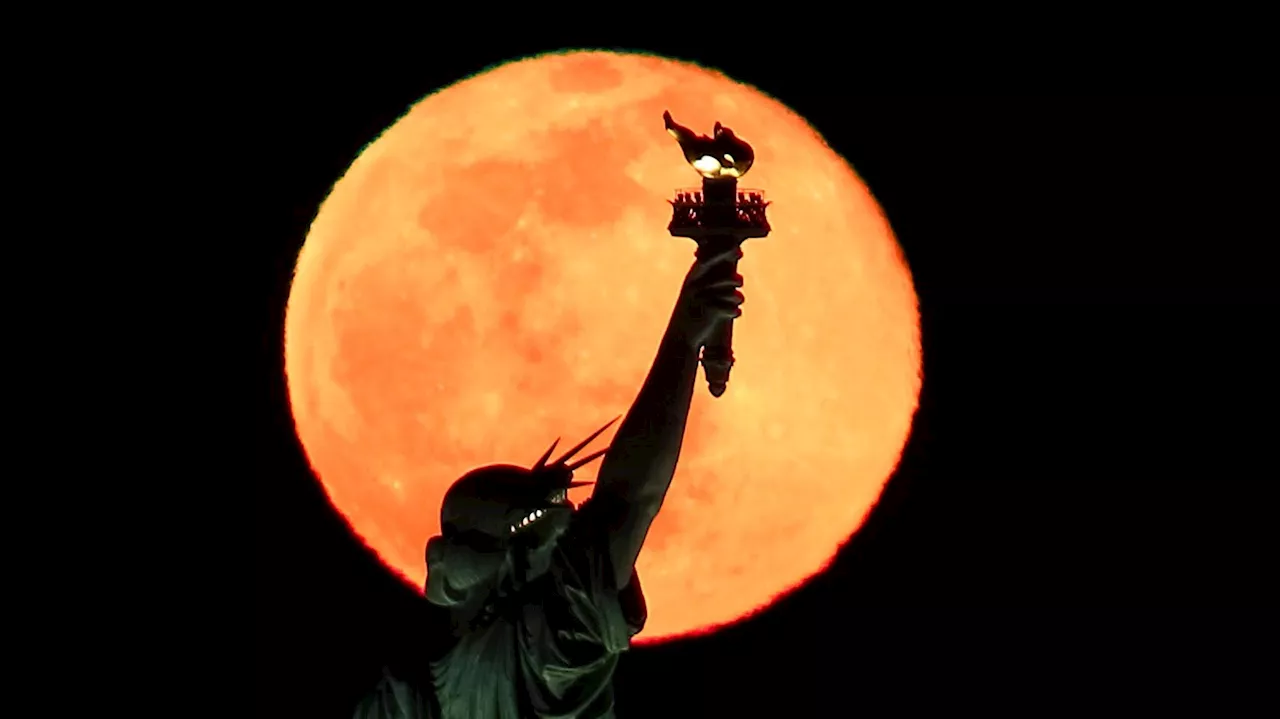 Snow Moon: How, When And Where To See 2025’s Second Full MoonEverything you need to know about the full 'Snow Moon,' including exactly when, where, and how to see it at its best from where you are.
Snow Moon: How, When And Where To See 2025’s Second Full MoonEverything you need to know about the full 'Snow Moon,' including exactly when, where, and how to see it at its best from where you are.
Read more »
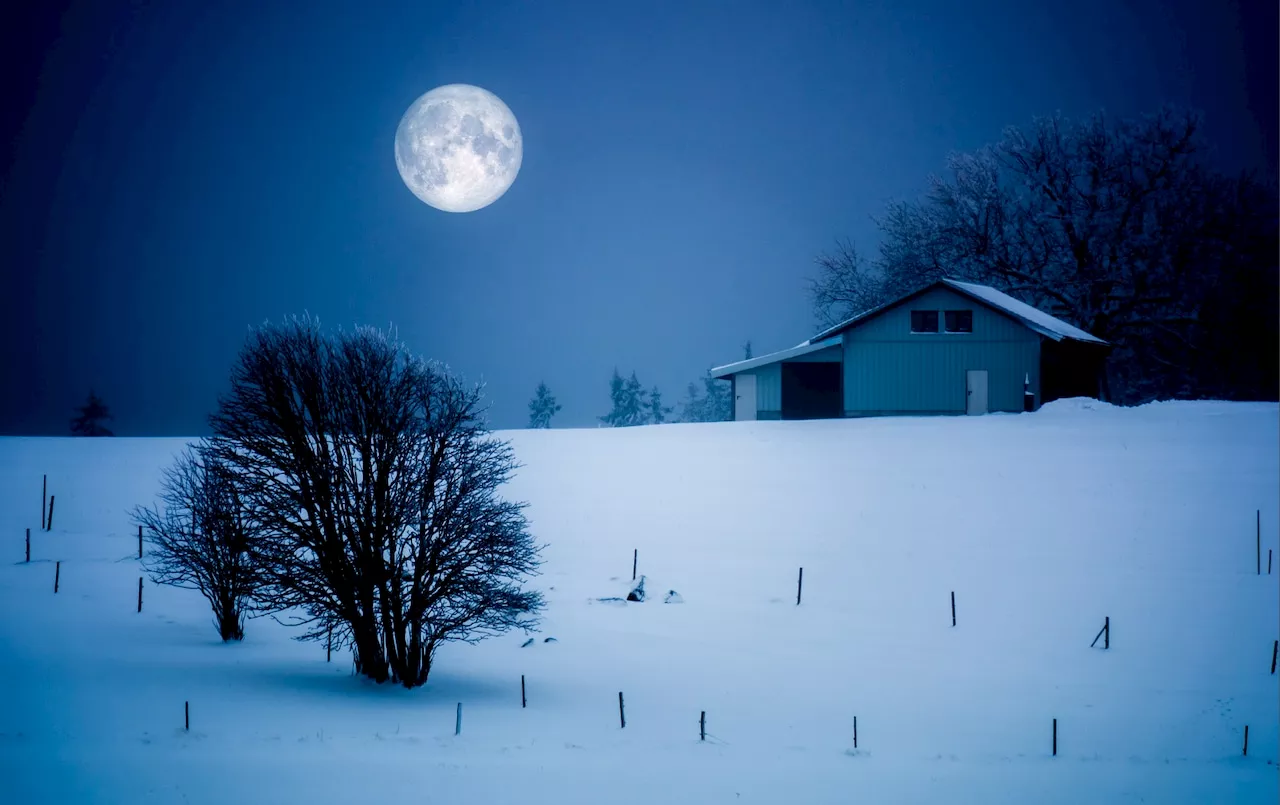 Snow Moon to Shine Brightly This WeekThe 'snow moon' of 2025 will reach its fullest phase on Wednesday, February 12, creating a reddish-orange glow as it passes through Earth's shadow. This February full moon, traditionally known as the 'snow moon' due to the typical winter snowfall in North America, also has other historical nicknames reflecting weather patterns and activities.
Snow Moon to Shine Brightly This WeekThe 'snow moon' of 2025 will reach its fullest phase on Wednesday, February 12, creating a reddish-orange glow as it passes through Earth's shadow. This February full moon, traditionally known as the 'snow moon' due to the typical winter snowfall in North America, also has other historical nicknames reflecting weather patterns and activities.
Read more »
